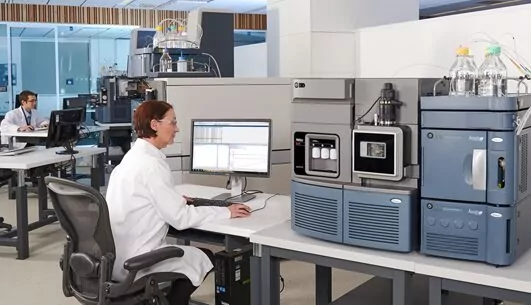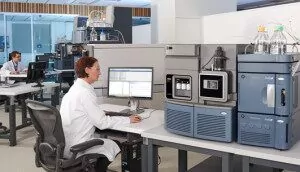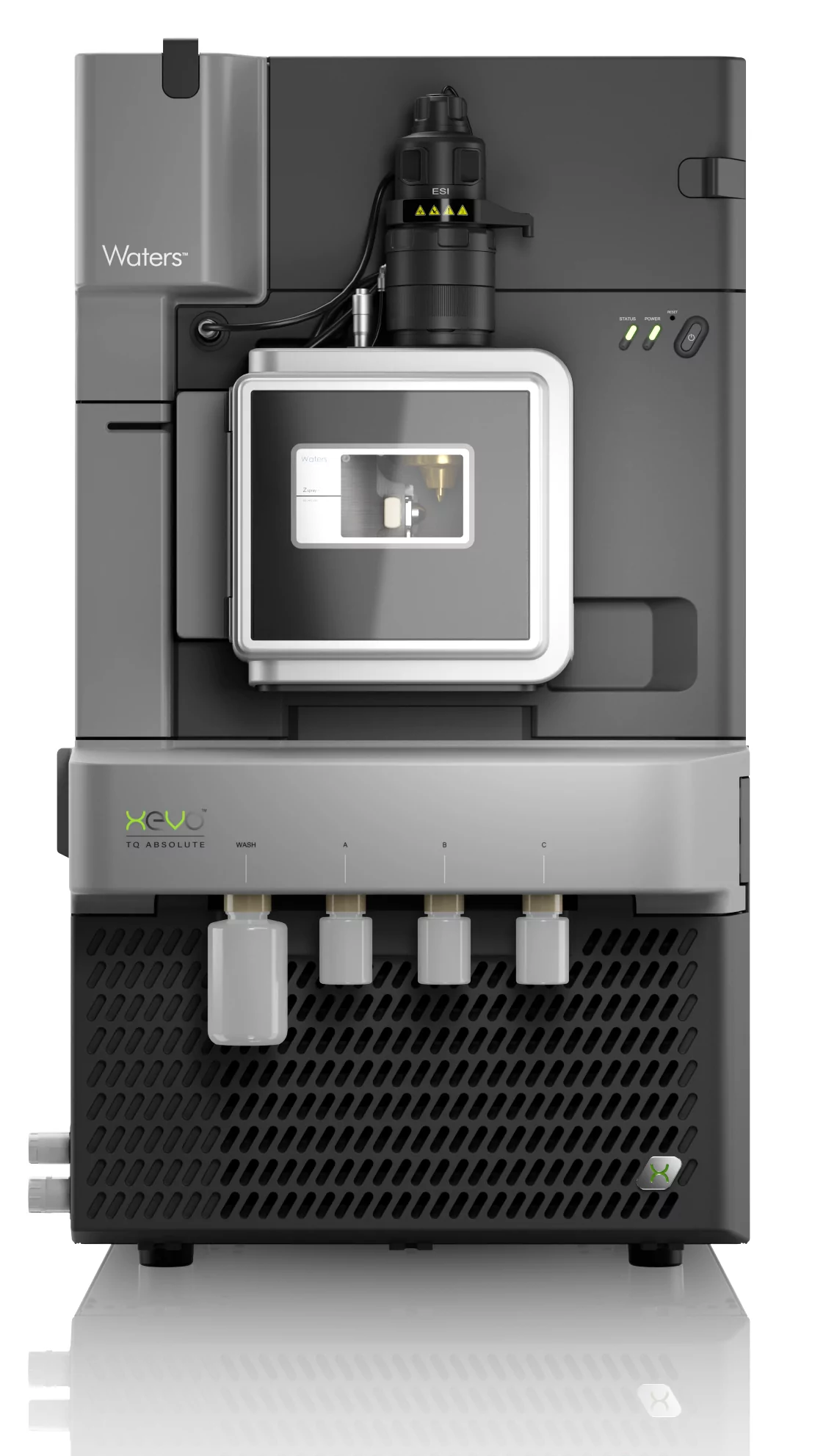Tandem Quad Mass Spectrometry: The Foundation of Product Safety, Efficacy, and Decision-making


There is a rightfully high expectation from consumers that the amounts of compounds and ingredients that producers report in their goods are accurate down to trace levels. Whether personally or professionally, we all rely on this analytical information coming from laboratories that enables critical decisions to be made.
Analytical chemists have been performing quantitative studies for decades, but the importance of these tests has never been higher. The introduction of more sensitive technology has led to new industry standards in the levels at which compounds can be measured. As the technology has improved, regulations and guidelines across many industries have required lower measurements of analytes of interest and more stringent acceptance criteria.
Take for example the trend in the pharmaceutical industry towards more potent large molecule biopharmaceutical drugs. Quantitative study requirements are that much more important for patient safety when considering the extremely low therapeutic doses of these biotherapeutics.
Another example is the globalization of the food trade, which is experiencing tighter regulations on the export/import of products, with lower acceptable levels of many contaminants. In addition, many new undesirable contaminants are now on regulated lists and are required to be analyzed.
Tandem quadrupole (TQ) mass spectrometry is the gold standard when it comes to quantitative studies. TQ mass spectrometers have become ever more sensitive in their ability to measure trace level compounds. Just as important, the instrumentation is now much more accessible to analytical chemists and also a much broader range of scientists who do not have an extensive background in mass spectrometry.
The fact is, the ability for a broader range of scientists to use TQ mass spectrometry to quantitatively measure compounds at molecular levels is the foundation for decision making. Whether those decisions are to move a candidate molecule through development processes, to release a batch of food stuffs, or to adjust a patient’s medication dose – you can be assured a MS quantitative study was part of that decision-making process.
Popular Topics
ACQUITY QDa (16) bioanalysis (11) biologics (14) biopharma (26) biopharmaceutical (36) biosimilars (11) biotherapeutics (16) case study (16) chromatography (14) data integrity (21) food analysis (12) HPLC (15) LC-MS (21) liquid chromatography (LC) (19) mass detection (15) mass spectrometry (MS) (54) method development (13) STEM (12)


